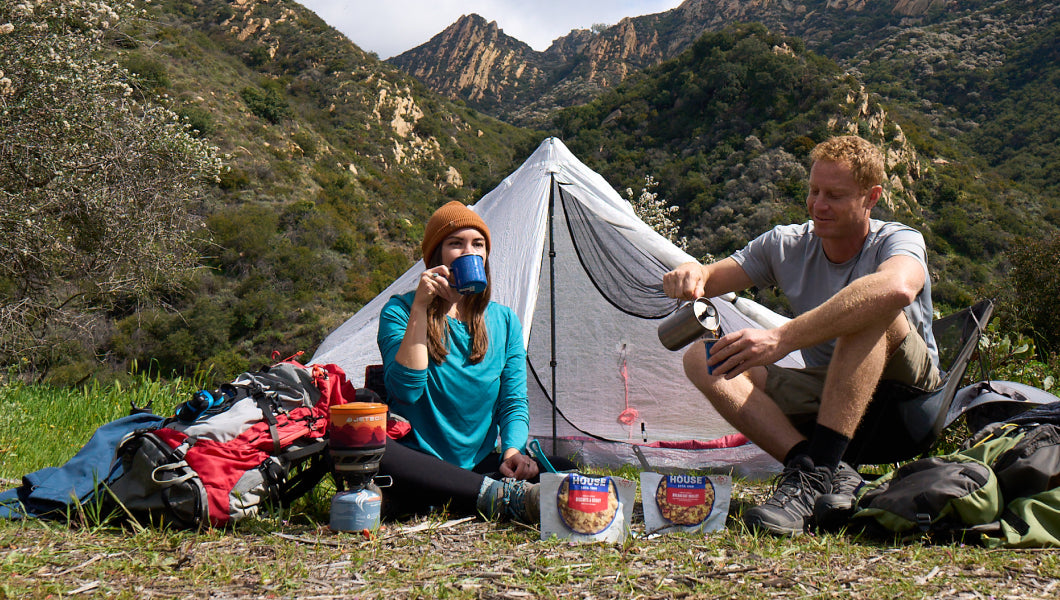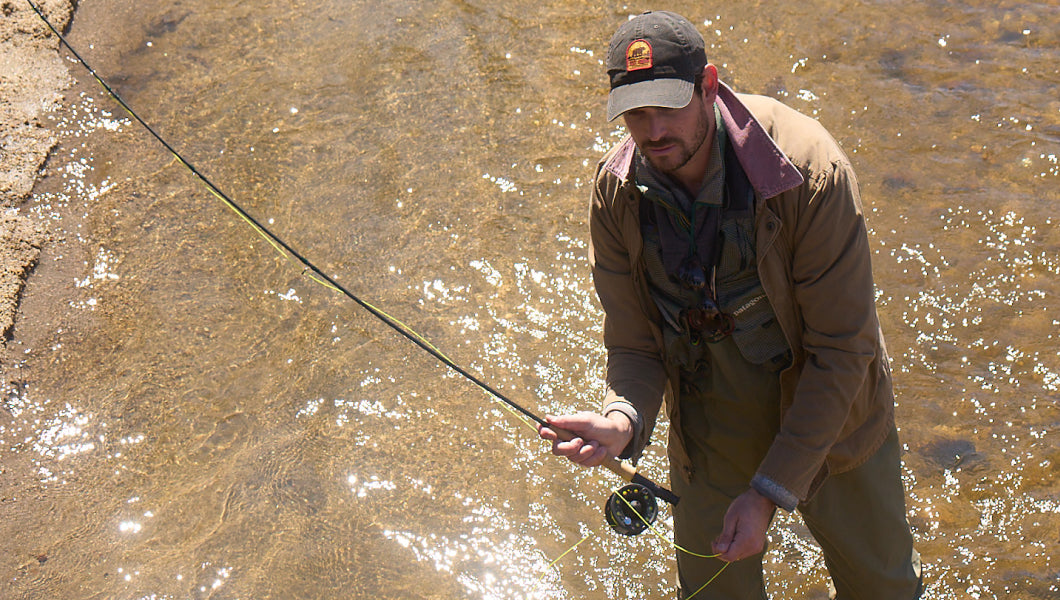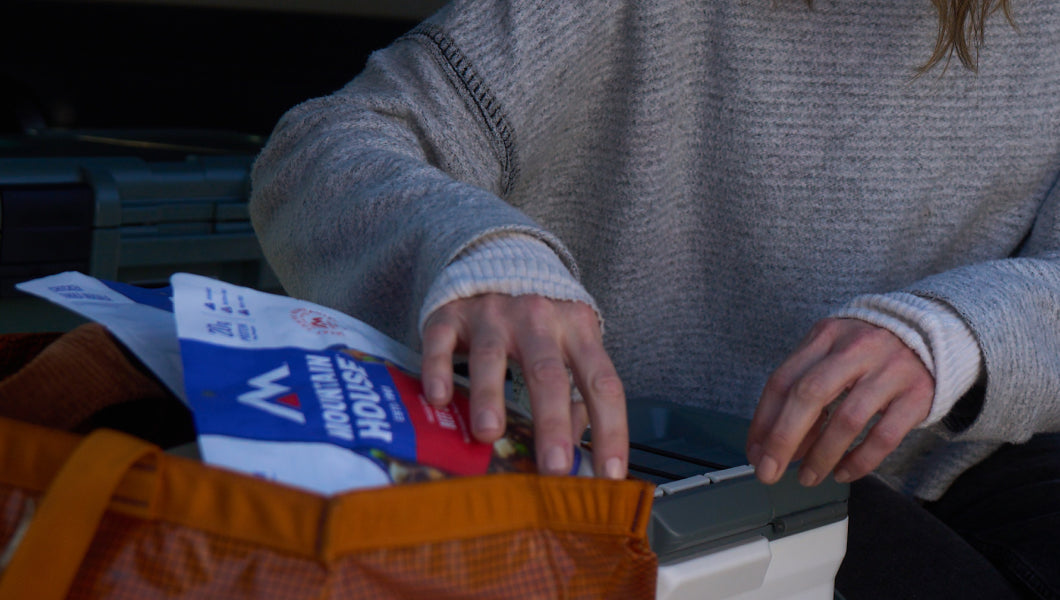Inspired for an Adventure? Check out Beef Stroganoff - Pouch and Beef Stew - Pouch
Free Ground Shipping On All Orders
Over 2,100 Reviews
Add description, images, menus and links to your mega menu
A column with no settings can be used as a spacer
Link to your collections, sales and even external links
Add up to five columns
Add description, images, menus and links to your mega menu
A column with no settings can be used as a spacer
Link to your collections, sales and even external links
Add up to five columns
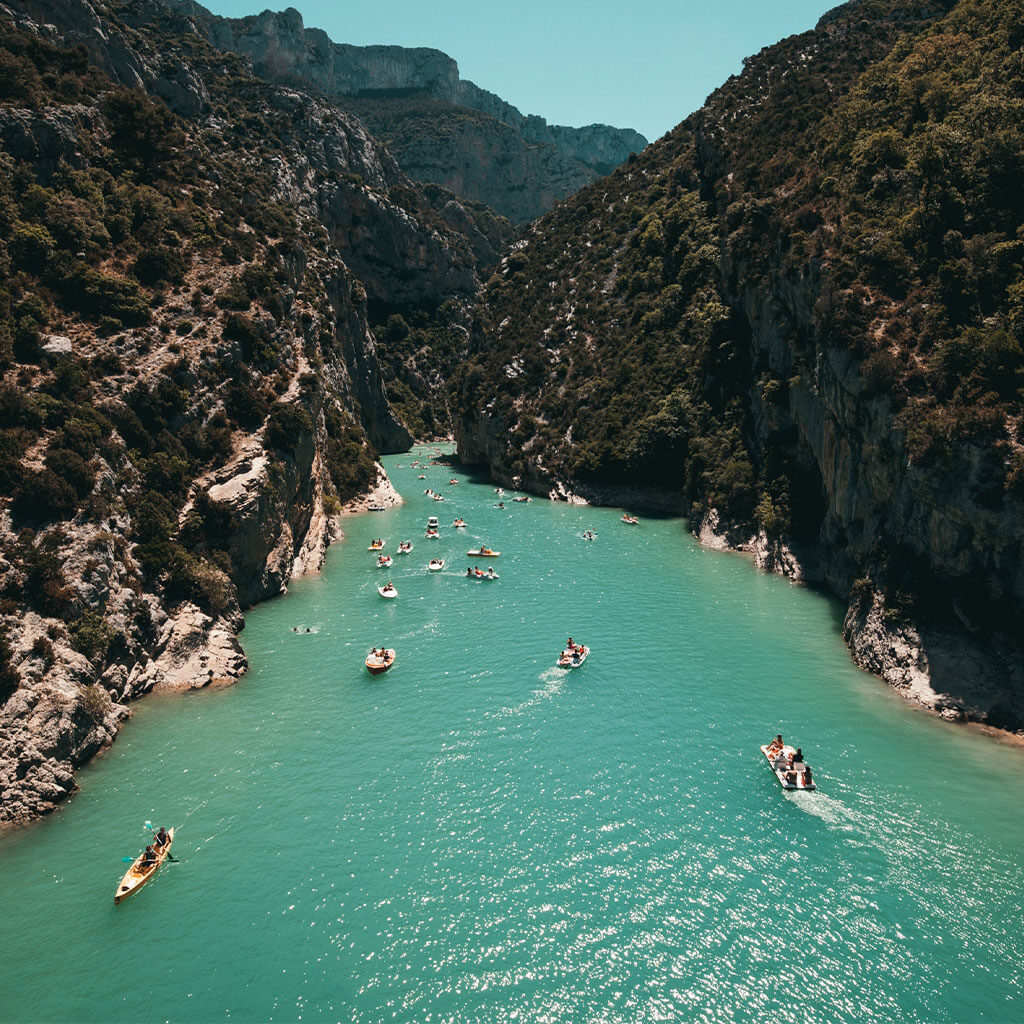
National Water Safety Month
A sunny, hot summer’s day: all the impetus most of us need to don that swimwear and head for the nearest body of water, right? It’s hard to top the pleasures of an afternoon at the beach, a paddle on the lake, a riverside picnic, a surfboard ride on the breakers—quintessential summertime delights.
But as we anticipate the liquid enticements of the season, safety most definitely should be part of the conversation. May happens to be National Water Safety Month, and we thought we’d take a little space here at the Mountain House blog to mark this important campaign!
What is National Water Safety Month?
National Water Safety Month springs from a partnership of the Association of Pool & Spa Professionals (APSP), the American Red Cross, the World Waterpark Association, and the National Recreation and Park Association. The mission is to raise awareness about the potential dangers of water-based recreation and how you can avoid or minimize them.
The Risks
The dangers of the aquatic realm are as intrinsic as its appeal. Those dangers apply in any virtually any sized body of water, and—given the speed with which we can drown—can come into play suddenly and with little warning.
According to the Centers for Disease Control and Prevention, an average of 3,536 people drowned each year in non-boating-related incidents from 2005 to 2014—roughly 10 per day. Another 332 boating-related drownings occurred annually.
Children 1 to 4 years old suffer from the highest rates of drowning: In 2014, the CDC reports, one-third of unintentional deaths in that age group were due to drowning. The majority of those drowning deaths take place in home swimming pools; older teens and adults are more likely to drown in natural waterways. Only automobile accidents account for more unintentional injury-caused deaths than drowning among the 1-to-14-year-old age bracket.
More than half of those who survive a drowning incident require additional medical treatment such as hospitalization. It only takes a few minutes of the brain being deprived of oxygen for the organ to suffer severe damage, leading to potentially lifelong impairment.
All of these are sobering statistics, and a reminder that water must be treated with the utmost respect. Showing it that respect means pursuing the proper training, obtaining the proper swimming safety equipment and water safety devices, and always staying aware and clear-headed in, on, and around water.
Water Safety Programs & Training
Organized swimming lessons are essential. Pursue swim instruction early with your kids. If you’re an adult who doesn’t know how to swim, lessons are just as valuable. There’s no substitute for formal training when it comes to feeling comfortable, knowing your limits, and following safe techniques in the wet stuff.
As it has for better than a century, the American Red Cross offers swimming lessons around the country for students aged six months and up into adulthood. The organization also provides a variety of other water safety programs, including training courses for swim coaches and aquatic instructors and classes in CPR for rescue and healthcare professionals (you can learn more here).
Speaking of CPR, everyone should learn how to execute it. The lives of many drowning victims have been saved by those with the knowledge and presence of mind to administer the treatment immediately, without waiting for medical responders.
Boaters should also make sure they’re properly trained in the handling of their vessels and all-around on-the-water safety. The National Association of State Boating Law Administrators has a compilation of boating education courses in each U.S. state that’s worth checking out.
The National Water Safety Month website, meanwhile, includes a great deal of resources for pool managers, lifeguards, swimming coaches, and other professionals, including printable water safety posters and “I’m a Safe Swimmer” pledges.
Basic Water Safety Tips
Here are some of the fundamentals of water safety for both adults and children:
- Swim only at pools and beaches monitored by lifeguards. Drowning deaths are more likely at swimming areas without guards.
- Buddy up: Never swim alone, including on a lifeguarded swimming beach or at a public pool.
- Make sure everybody in your family knows how to swim, and don’t allow anyone who doesn’t into the water without the proper safety equipment.
- Wear a U.S. Coast Guard-approved lifejacket! According to the CDC, 88% of boaters who drowned in the U.S. in 2010 weren’t wearing lifejackets (which, by Coast Guard rules, every boater should have). Adults should wear them anytime they’re on the water. Kids and less adept swimmers should additionally don lifejackets whenever near water—say, when shore fishing.
- Never leave children unattended in or around a pool or hot tub. Always ensure they’re under adult supervision. The APSP recommends that grownups rotate between 15-minute “water watcher” shifts so responsible eyes are always on those swimming.
- Don’t allow kids (or adults, for that matter) to engage in breath-holding contests.
- In the event you lose track of a child around the home, check the pool right off the bat.
- Don’t mix alcohol and water activities, whether swimming, boating, or anything else. Intoxicants and water safety don’t go hand in hand.
Water Safety Devices & Equipment
Boating and swimming safety equipment go beyond lifejackets or other approved Personal Flotation Devices (PFDs). There should be a childproof barrier for your pool, hot tub, or spa: a four-foot-plus fence around it, for example, and doors or gates that can be locked when the water feature isn’t being used. As the CDC notes, a four-sided fence squaring off a pool and completely isolating it can lower the drowning risk for a child by 83%.
Install a lockable cover for your pool or spa, and consider incorporating alarms for pool or spa entries so you know if children are using them.
Kayakers, who of course often tackle rough waters such as river rapids and ocean surf, benefit from a variety of specialized water safety devices, including paddle leashes and floats, rescue throw bags, and river knives (for cutting away from debris or gear snares).
Water Activities
In line with the mission of National Water Safety Month, we’ve focused thus far on the threats water poses and the precautions one should take against them. Let’s take a moment to reiterate how fantastically fun aquatic recreation is—all the more so when you feel you’re confidently equipped and trained to stay safe!
Take standup paddleboarding, which has moved well beyond the realm of flash-in-the-pan craze into its own hugely popular and mighty versatile form of recreation. It’s such a meditative and calming sport that many barely notice the genuine workout they’re giving their legs, abs, shoulders, and arms.
Then there’s whitewater rafting, waterskiing, surfing, rowing, snorkeling, diving, triathlon-swimming, angling, canoeing, sailing—well, we surely don’t need to spell out all the fantastic pastimes you can pursue out on those rolling swells, flatwater coves, bucking rivers, and back-of-beyond mountain lakes.
Not a swimmer, whether because you’ve never taken the time to learn (and we recommend taking it) or because you’re physically unable to? Well, there are still many ways for you to enjoy the waterscape nonetheless—from beachcombing to riverside backpacking to seafloor walking.
More Water Awareness Resources
National Water Safety Month may officially wrap up on May 31, but learning about water safety and putting it into practice is a year-round affair. Here are some good informational resources to consult:
- American Red Cross: Water Safety
- American Red Cross: Life Jackets Aren't Just for Boats
- National Water Safety Month: Pool Safety Tips
- The Association of Pool & Spa Professionals: Children Aren't Waterproof
- United States Lifesaving Association: Water Safety Videos
- REI: Paddling Safety & Rescue Gear
- North American Safe Boating Campaign: Lifejackets
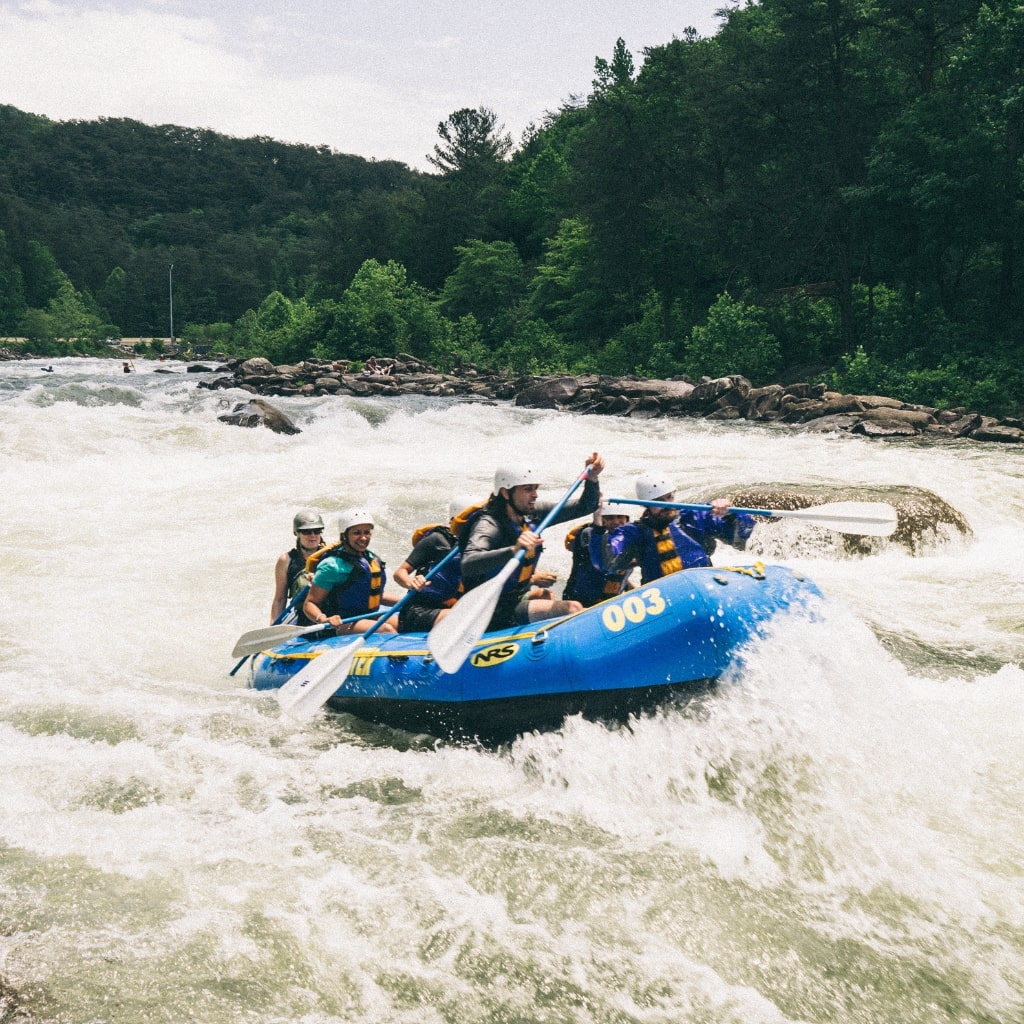
How to Read the River for White Water Rafting & Kayaking Safety

River Trip Packing List Essentials: Things You Need to Take


Stay Hungry for Adventure
Sign Up for Delicious Outdoor Meals & Exclusive Offers!


Join the adventure
©2024 Mountain House — All Rights Reserved.
Your Cart is Empty
Continue ShoppingYour Cart
Subtotal
$0.00
EXPRESS PAYMENT METHODS AVAILABLE IN CHECKOUT
Taxes and Shipping Calculated at Checkout












